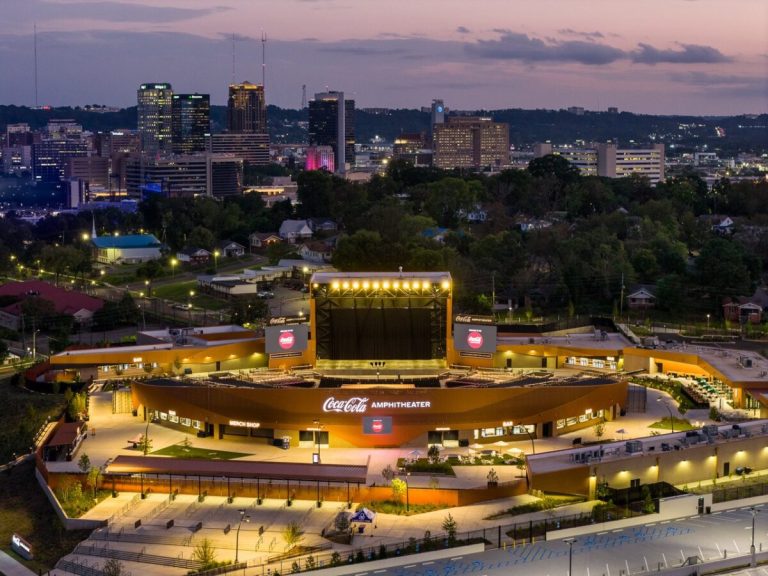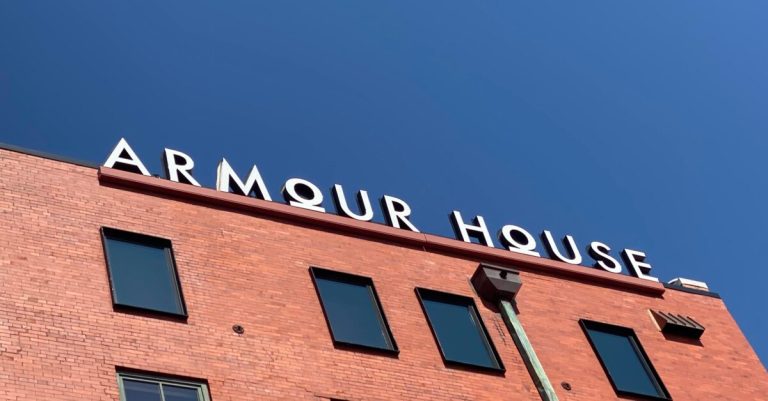UAB plans to finish construction on its first three LEED certified eco-friendly buildings by 2020
Reading time: 6 minutes
Sponsored

Following their new sustainability strategic plan released in November, UAB will finish construction of three eco-friendly, sustainable buildings on campus by 2020.
In 2017, UAB started the LEED certification process for the new College of Arts and Sciences (CAS) and the Residence Hall 2020. UAB is also in the planning stages for the transformation of the old Snoozy Bookstore into the new home for the Honors College.
Leadership in Energy and Environment and Design, or LEED, is the most widely recognized green building certification program in the world. Developed by the non-profit, U.S. Green Building Council, (USGBC), LEED includes a set of rating systems for the design, construction, operation, and maintenance of buildings, homes, and neighborhoods. The aim is to help building owners and operators be environmentally responsible and use resources efficiently.
The three buildings are the first LEED-registered projects on UAB’s campus.
Meet Melody Gillezeau

Melody Gillezeau, UAB’s Sustainable Development Project Manager, is in charge of the LEED certification process for the three buildings. An accredited professional with specialties in building and interior design and construction, Gillezeau’s training and experience is in implementing sustainable efforts during the planning and new construction process.
She recently described to Bham Now the range of economic, environmental and tangible benefits expected to be accomplished from the three projects currently seeking certification.
College of Arts and Sciences (CAS) Building

Located on the corner of 10th Avenue South and 14th Street South, the new 160,000 square foot College of Arts and Sciences (CAS) Building will have two wings and include a 300-seat auditorium.
Notably, it will be an energy and water efficient facility.
Recently, the state of Alabama enacted new construction energy building codes, which are considered one of the most stringent in the nation. The CAS building expects to achieve an additional 9.1% energy cost savings beyond Alabama’s rigorous energy code for new commercial construction.
Along with energy savings, UAB is using strategies such as low-flow fixtures, flow-restrictors and aerators in the new CAS building to reduce potable indoor water use by 35%. Providing a learning experience for students and working space for staff with good indoor air quality is also a high priority for UAB.
“Among the most exemplary things we are doing at College of Arts and Sciences building are the materials we are using on the project. The materials, the concrete and steel, down to wallbase and laminate are very healthy materials. For example, very low or no VOC materials are being used to promote a healthy building, not for lack of other options” noted Gillezeau.
Beyond the actual building, at the entrance, UAB has also been able to proudly preserve one of the oldest trees on campus while implementing a significant stormwater management landscape infrastructure.

Residential Hall 2020
In 2020, UAB will be opening its new 231,000 square foot Residence Hall that will house 730 students. The state-of-the-art dorms are expected to achieve 14% additional energy cost savings, beyond a baseline building that meets the LEED requirements and Alabama’s rigorous energy code for new commercial construction.

The Residence Hall will also have an underground 6,400-gallon cistern, which will store both collected rainwater and condensate recovery for irrigation use. The adjacent landscaping requires 848 gallons per summer day while reclamation is expected to produce 1,000 gallons per day in condensate. This will be used as irrigation and then allowed to infiltrate the groundwater.
“The Residence Hall cistern has to be my favorite part of the project and we are excited to see it perform by storing collected rainwater and condensate to be used for irrigation,” stated Gillezeau.
“It’s a sensible system, because the months we most need irrigation June, July and August are also the months we use the most air conditioning. So, during that time, we collect the most condensate being used in the building, re-use that water to irrigate our landscape with it and allow it to infiltrate naturally as opposed to being wasted or allowed to evaporate from some other process. That’s my favorite part,” she added.
Honors College Building

The Honors College at UAB is relocating into the old Snoozy’s Bookstore. The renovation is registered as a LEED for Commercial Interiors project and is designed to be an adaptive reuse of an existing building. Along with renovation, UAB will incorporate biophilic design in part by turning a portion of the existing Snoozy’s parking into a landscaped courtyard designed for outdoor gatherings.
Like the other two projects, the new Honors College Building will achieve significant energy and water savings, use local and healthier building materials, and ensure that landscaping is eco-friendly.
Why is LEED important?
According to Gillezeau, every building project that is presently under consideration at UAB is being assessed for LEED feasibility. Even if the LEED standard is not used, UAB is presently revising its design and construction standards with an eye toward resilience – an effort Gillezeau is leading. Presently, UAB has 27 full time personnel who hold LEED credentials within the facilities division.
Building with sustainability in mind

On her role at UAB, she concluded, “It is empowering to know that the university created a role to implement sustainability in the design and construction of our physical spaces, where we spend 90% of our time. Spaces should be high-performing, healthy and inspire creativity. These places, should make people happy.”
Sponsored by:




